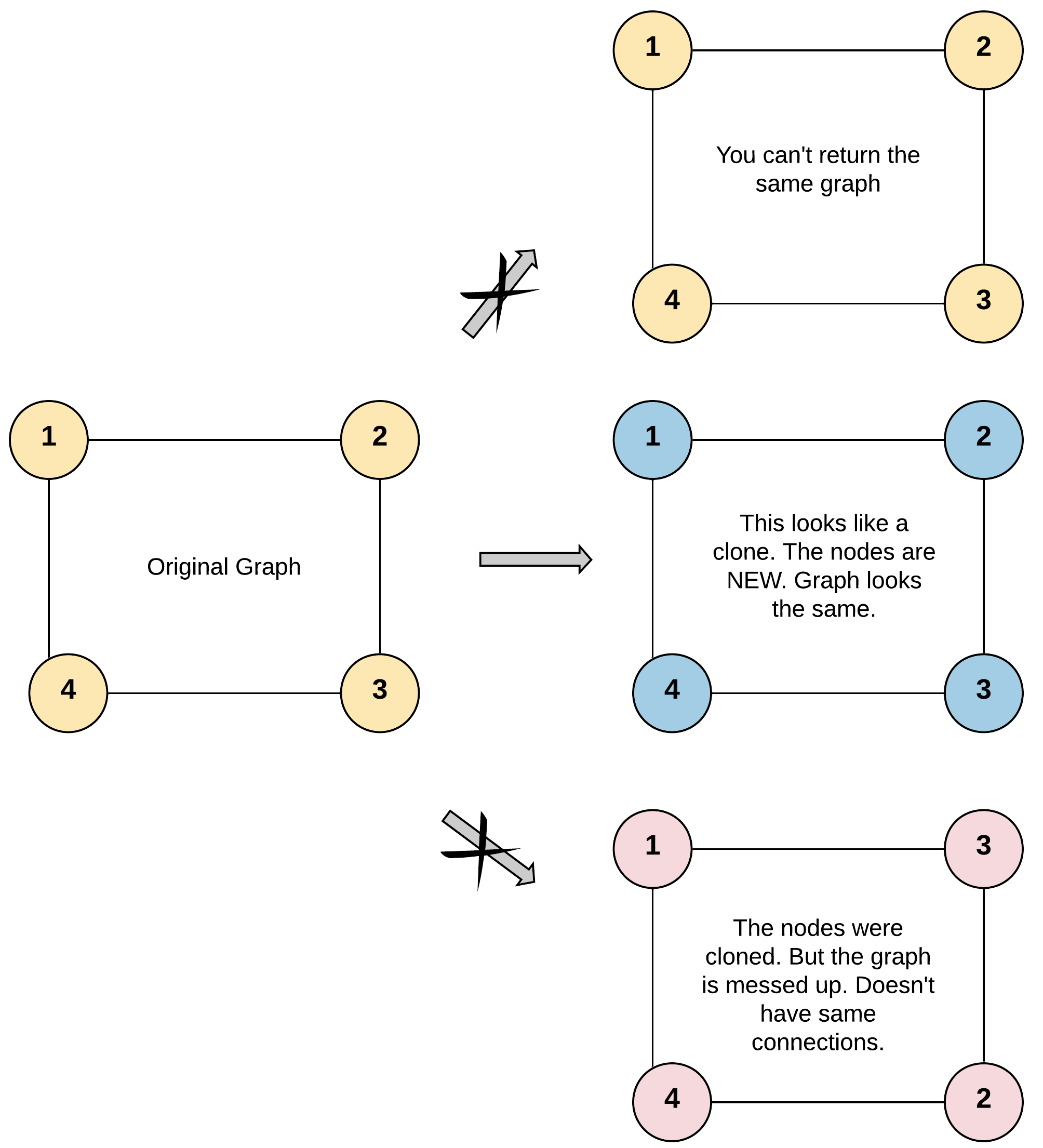LeetCode Range Sum Query 2D – Immutable
 The above rectangle (with the red border) is defined by (row1, col1) = (2, 1) and (row2, col2) = (4, 3), which contains sum = 8.
Example:
The above rectangle (with the red border) is defined by (row1, col1) = (2, 1) and (row2, col2) = (4, 3), which contains sum = 8.
Example:
Given matrix = [ [3, 0, 1, 4, 2], [5, 6, 3, 2, 1], [1, 2, 0, 1, 5], [4, 1, 0, 1, 7], [1, 0, 3, 0, 5] ] sumRegion(2, 1, 4, 3) -> 8 sumRegion(1, 1, 2, 2) -> 11 sumRegion(1, 2, 2, 4) -> 12Note:
- You may assume that the matrix does not change.
- There are many calls to sumRegion function.
- You may assume that row1 ≤ row2 and col1 ≤ col2.
给定一个矩阵,要求矩阵中的任意一个子矩阵的和,而且可能有很多次这样的请求。 因为之前在hiho上做过一个用DP求子矩阵的和的题,所以这题就很easy了。 定义一个二维数组dp[i][j]表示固定子矩阵的左上角坐标为(1,1)(假设矩阵的下标从1开始),当右下角坐标为(i,j)时,这个子矩阵的和是多少。则有: dp[i][j]=dp[i][j-1]+dp[i-1][j]-dp[i-1][j-1]+matrix[i][j] 这个很好理解,相当于求面积,dp[i][j-1]+dp[i-1][j]加了两遍dp[i-1][j-1],所以要减掉一个,最后再加上dp[i][j]独有的matrix[i][j]。 有了dp[i][j]之后,怎样求任意一个子矩阵的和呢?假设我们要求第i,j两行、u,v两列交成的子矩阵的和,应该怎样计算呢。这个也很好算,也是面积的加加减减,如下图所示,把(j,v)的面积减去(j,u)左边以及(i,v)上边的面积,但是(i,u)左上的面积减了两次,所以还要加上。总结成公式就是: cursum=dp[j][v]-dp[j][u-1]-dp[i-1][v]+dp[i-1][u-1]
| |
-----(i,u)----------(i,v)----
| |
| |
-----(j,u)----------(j,v)----
| |
通过cursum公式,我们很容易就能求出任意一个子矩阵的和了。代码如下:
[cpp]
class NumMatrix {
private:
vector<vector<int>> dp;
public:
NumMatrix(vector<vector<int>> matrix) {
if (matrix.empty() || matrix[0].empty())return;
int m = matrix.size(), n = matrix[0].size();
for (int i = 0; i < m + 1; ++i)dp.push_back(vector<int>(n + 1, 0)); // 为了方便,多增加了一行和一列
for (int i = 1; i <= m; ++i) {
for (int j = 1; j <= n; ++j) {
dp[i][j] = dp[i][j – 1] + dp[i – 1][j] – dp[i – 1][j – 1] + matrix[i – 1][j – 1];
}
}
}
int sumRegion(int row1, int col1, int row2, int col2) {
if (dp.empty())return 0;
++row1; // 因为dp多一行和一列,所以这里提前加上
++col1;
++row2;
++col2;
return dp[row2][col2] – dp[row2][col1 – 1] – dp[row1 – 1][col2] + dp[row1 – 1][col1 – 1];
}
};
[/cpp]
本代码提交AC,用时22MS。]]>


